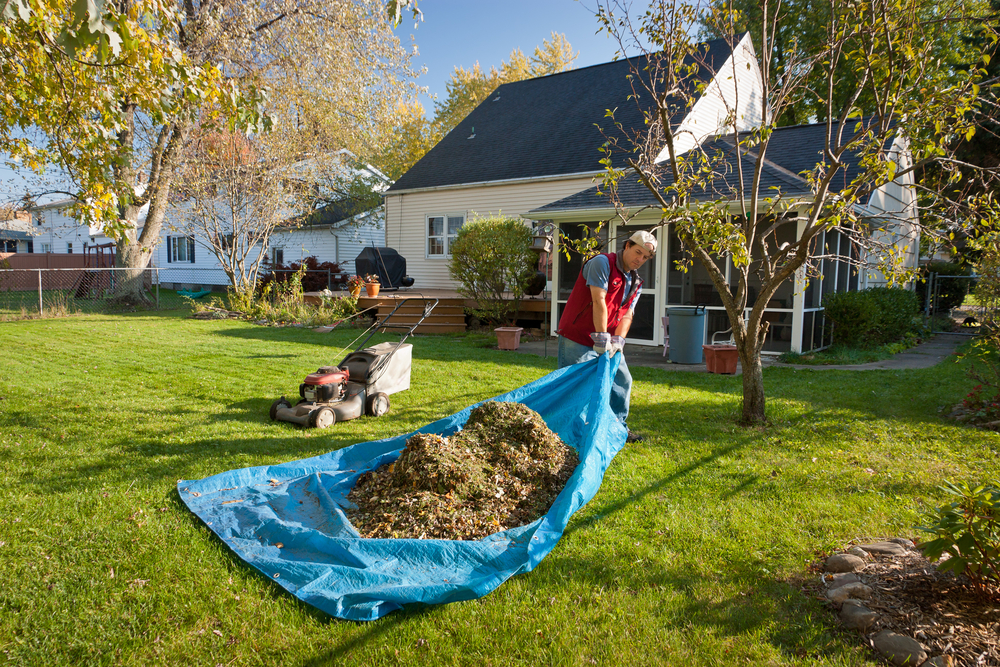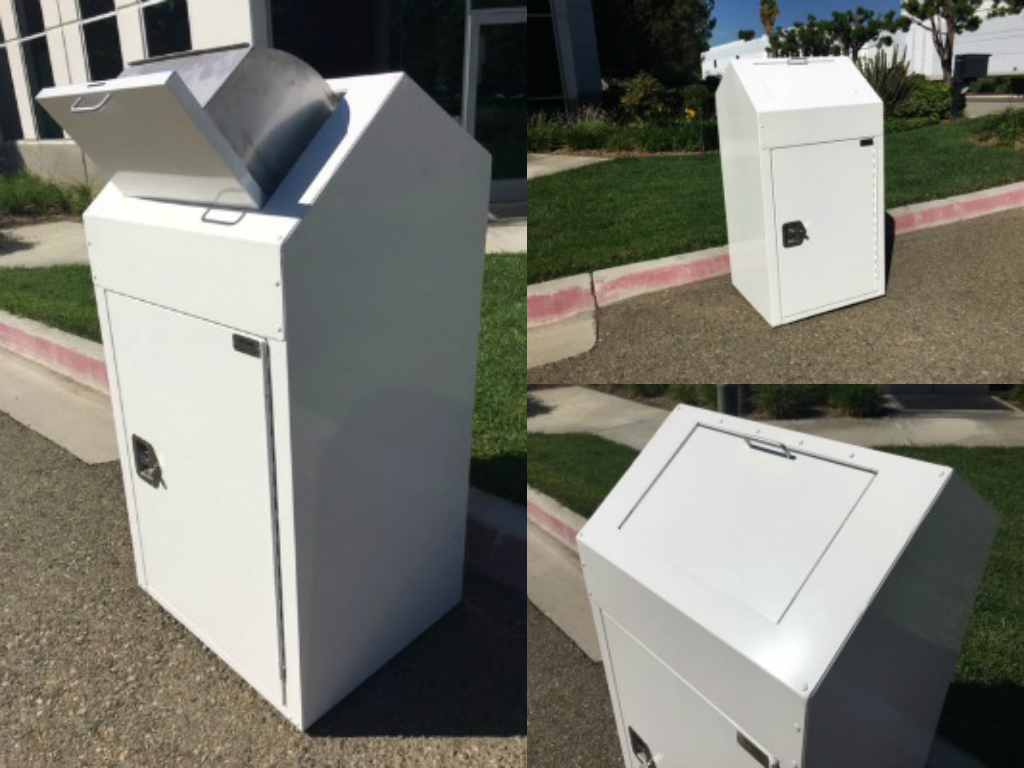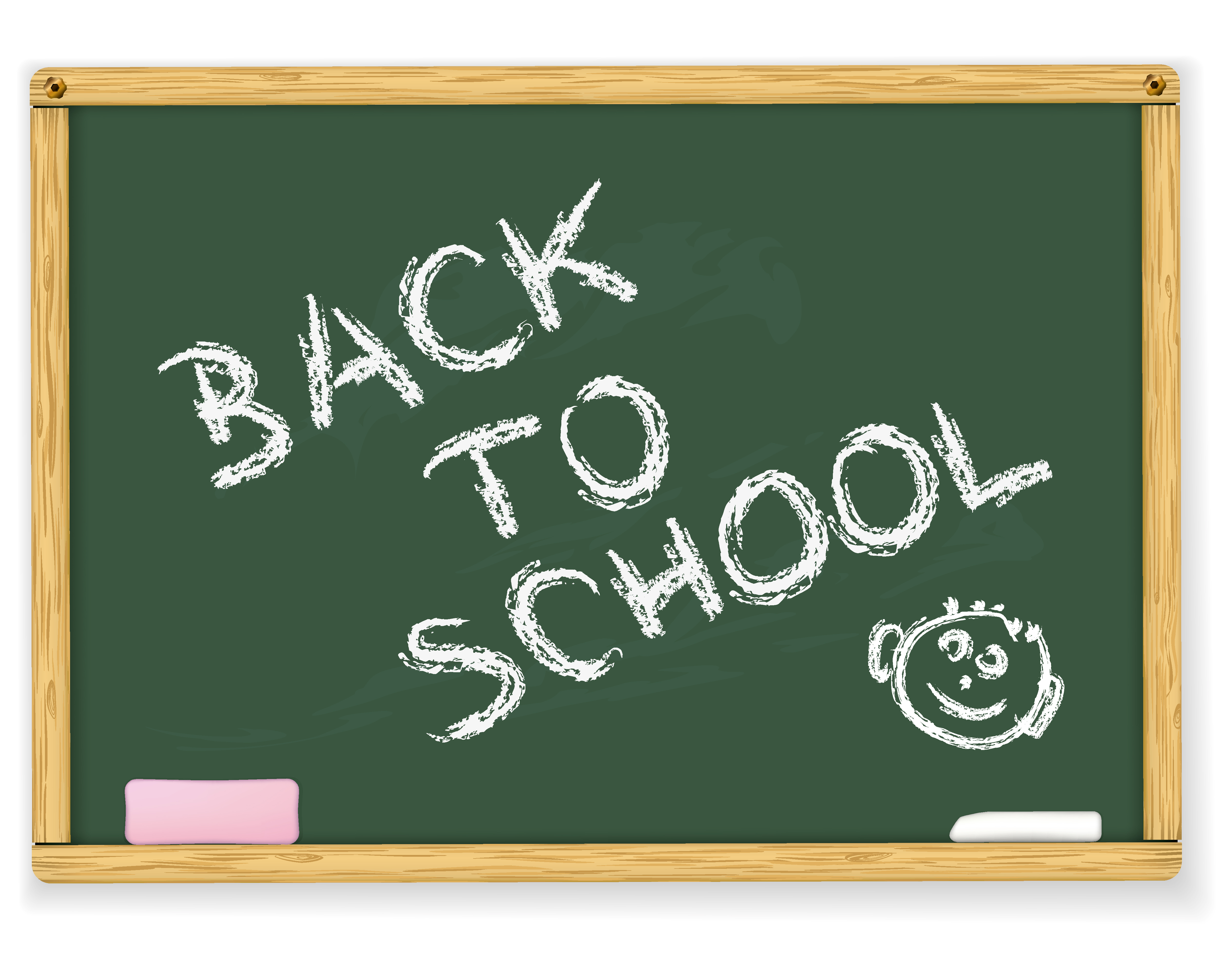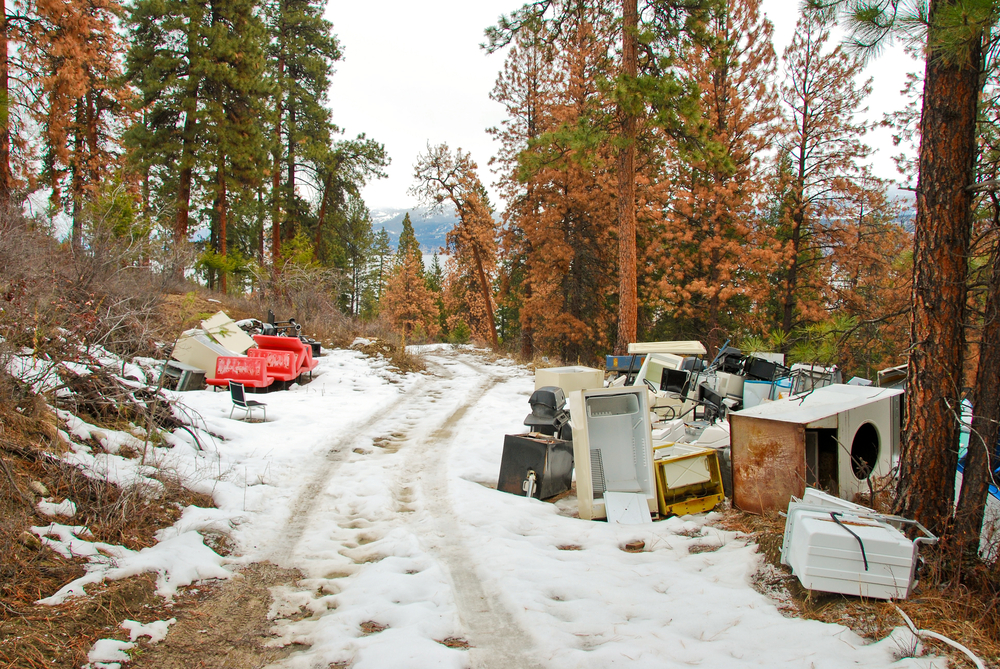
To help you prepare for winter, here’s a list of the eco-friendly steps you can take to make sure your fall cleanup is as green as it can be.
Compost: According to the Audubon Society, American yards generate two tons of clippings each year. A lot of that waste ends up being bagged and thrown away. So this fall, instead of bagging your yard waste, use dead leaves and lawn clippings to start composting. This not only has the benefit of saving valuable landfill space, but will also provide you with quality fertilizer to get your garden started again in the spring.
Use Your Own Power: It takes a lot of work to keep a yard in tip-top shape. Gasoline powered mowers, leaf blowers, and string trimmers may make that work faster, but they also use a lot of energy and create hazardous fumes. In fact, a typical riding lawn mower actually produces four times as much pollution per hour as a car. Also, in addition to harmful emissions, the force from gasoline powered leaf blowers can create clouds of potentially hazardous substances such as mold, pesticides, and allergens. So instead of using that gas, why not use your own power? Gather leaves with a regular old rake and cut the grass using a push mower. You’ll be saving energy and getting exercise. If your yard is just big to handle without help, purchase an electric lawn mower with a rechargeable battery, which will eliminate noxious fumes and reduce gasoline consumption.
Take Care of Your Yard: While it might seem like your yard goes dormant in the fall, this is actually a great time to prepare your lawn for the new year. Aerating will allow oxygen and moisture to reach the roots of plants while they weather the winter and will also improve the water retention of your yard, which will reduce the need for irrigation. Be sure to use a manual and not a gasoline powered aerator. Fall is also the best time to apply compost tea, a mixture made from soaking compost in water (this can be done in buckets with aquarium pumps or in specially designed brewers). Compost tea is rich in the nutrients and microbial life that improve plant health, and applying compost tea in the fall can help plants survive the winter and will provide a head start for your garden when spring arrives. If you live an area prone to frosts, fall is also a good time to prep your yard for the cold weather ahead. Put away hoses you won’t need and insulate outdoor fixtures to prevent damage from the cold. If you have a rain barrel you may want to pack it away—when the water inside freezes it can expand and damage the container. Also bring in any potted plants that won’t make it through the winter outside and prepare any coverings you may need for outdoor plants so you’re ready when the first freeze arrives.
Get Your Neighbors Involved: If you’re dreading all that fall yard work, why not make it a little more fun? Get the community together to celebrate Fall with a leaf-raking, yard-trimming block party. You can help out your neighbors who may not be able to take care of their yard on their own and make sure everyone’s waste is disposed of properly. Then, when the work’s all done, kick back and enjoy the last few days of warm weather with a barbeque, potluck, or other refreshments.








